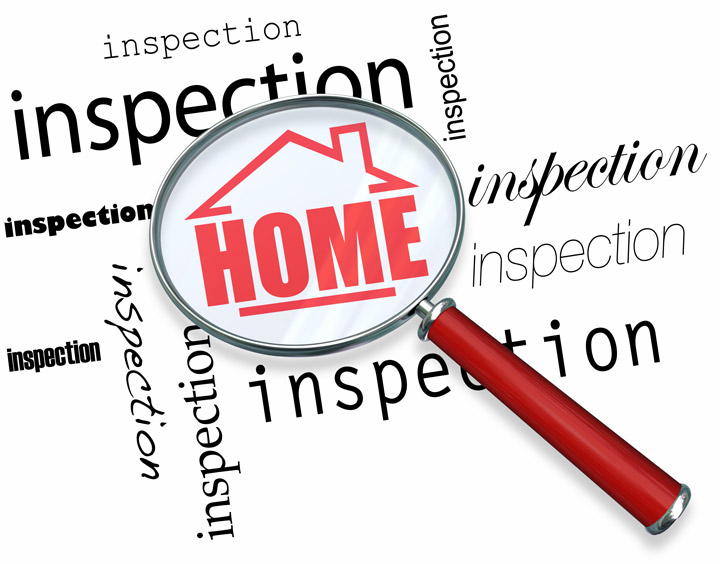
Comprehending AppraisalsGetting real estate is the most serious transaction most people will ever make. It doesn't matter if where you raise your family, a seasonal vacation property or a rental fixer upper, the purchase of real property is an involved financial transaction that requires multiple people working in concert to pull it all off. Most people are familiar with the parties taking part in the transaction. The real estate agent is the most known entity in the transaction. Then, the lender provides the financial capital necessary to bankroll the exchange. And ensuring all aspects of the transaction are completed and that the title is clear to transfer to the buyer from the seller is the title company. So, who's responsible for making sure the property is worth the amount being paid? This is where the appraiser comes in. We provide an unbiased opinion of what a buyer might expect to pay — or a seller receive — for a property, where both buyer and seller are informed parties. A licensed, certified, professional appraiser from Appraisal Network of Texas will ensure, you as an interested party, are informed. Inspecting the subject propertyTo determine an accurate status of the property, it's our responsibility to first perform a thorough inspection. We must physically view features, such as the number of bedrooms and bathrooms, the location, amenities, etc., to ensure they truly are there and are in the condition a reasonable buyer would expect them to be. To ensure the stated size of the property is accurate and illustrate the layout of the house, the inspection often entails creating a sketch of the floorplan. Most importantly, we look for any obvious amenities - or defects - that would have an impact on the value of the house. Following the inspection, an appraiser uses two or three approaches to determining the value of the property: a paired sales analysis, a replacement cost calculation, and an income approach when rental properties are prevalent. 
Replacement CostHere, the appraiser analyzes information on local construction costs, the cost of labor and other elements to calculate how much it would cost to construct a property comparable to the one being appraised. This value often sets the maximum on what a property would sell for. The cost approach is also the least used predictor of value. 
Sales ComparisonAppraisers become very familiar with the communities in which they work. They thoroughly understand the value of certain features to the homeowners of that area. Then, the appraiser looks up recent sales in the neighborhood and finds properties which are 'comparable' to the property in question. Using knowledge of the value of certain items such as remodeled rooms, types of flooring, energy efficient items, patios and porches, or additional storage space, we add or subtract from each comparable's sales price so that they more accurately match the features of subject property.
In the end, the appraiser reconciles the adjusted sales prices of all the comps and then derives an opinion of what the subject could sell for. When it comes to knowing the true worth of features of homes in Aledo and Parker, Appraisal Network of Texas is your local authority. This approach to value is usually awarded the most weight when an appraisal is for a real estate purchase. Valuation Using the Income ApproachA third way of valuing a property is sometimes employed when an area has a reasonable number of rental properties. In this situation, the amount of income the real estate generates is taken into consideration along with other rents in the area for comparable properties to give an indicator of the current value. Putting It All TogetherCombining information from all applicable approaches, the appraiser is then ready to put down an estimated market value for the property in question. It is important to note that while this amount is probably the most accurate indication of what a house is worth, it may not be the final sales price. Prices can always be driven up or down by extenuating circumstances like the motivation or urgency of a seller or 'bidding wars'. Regardless, the appraised value is often used as a guideline for lenders who don't want to loan a buyer more money than the property is actually worth. It all comes down to this, an appraiser from Appraisal Network of Texas will guarantee you attain the most accurate property value, so you can make the most informed real estate decisions. |